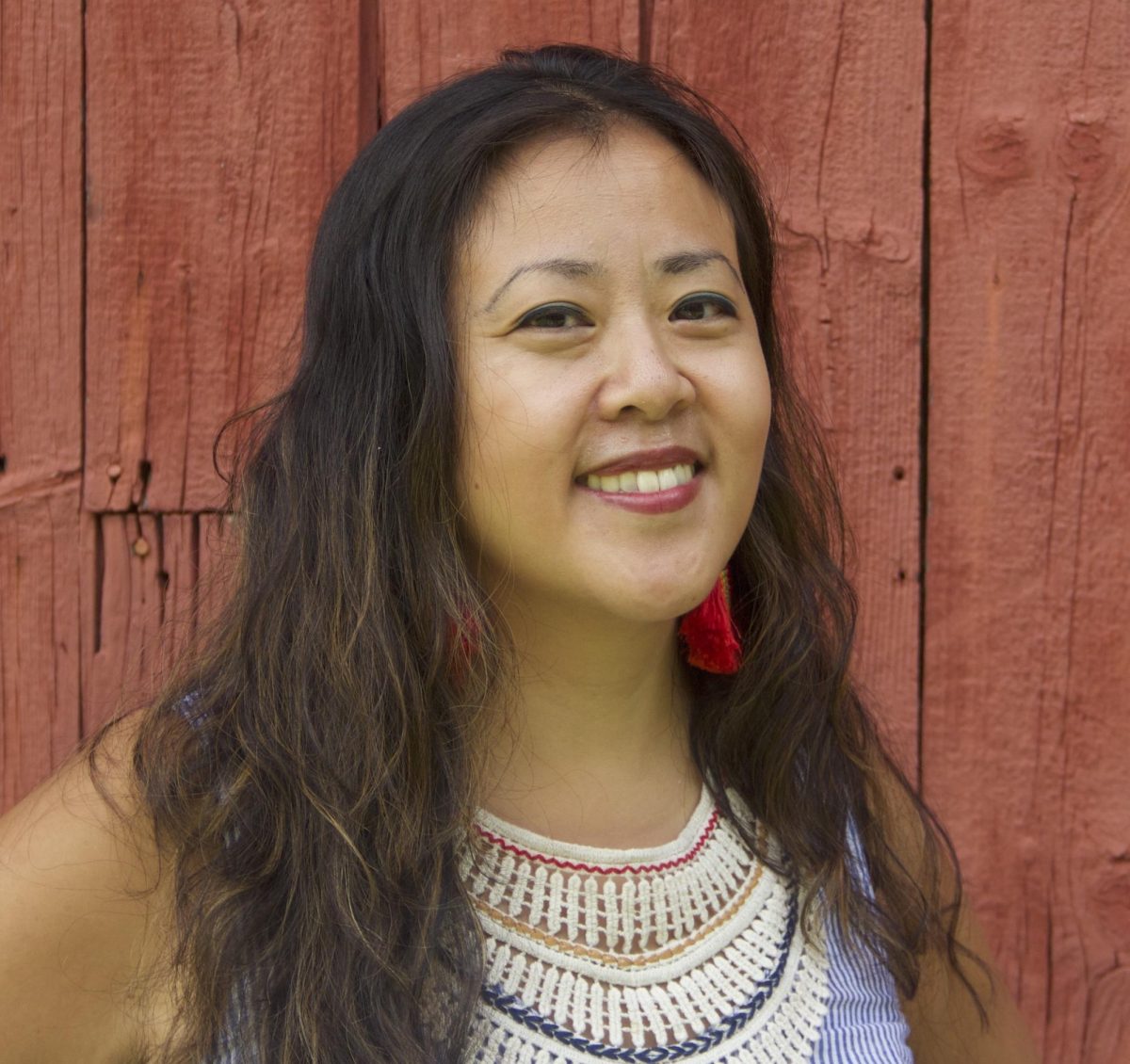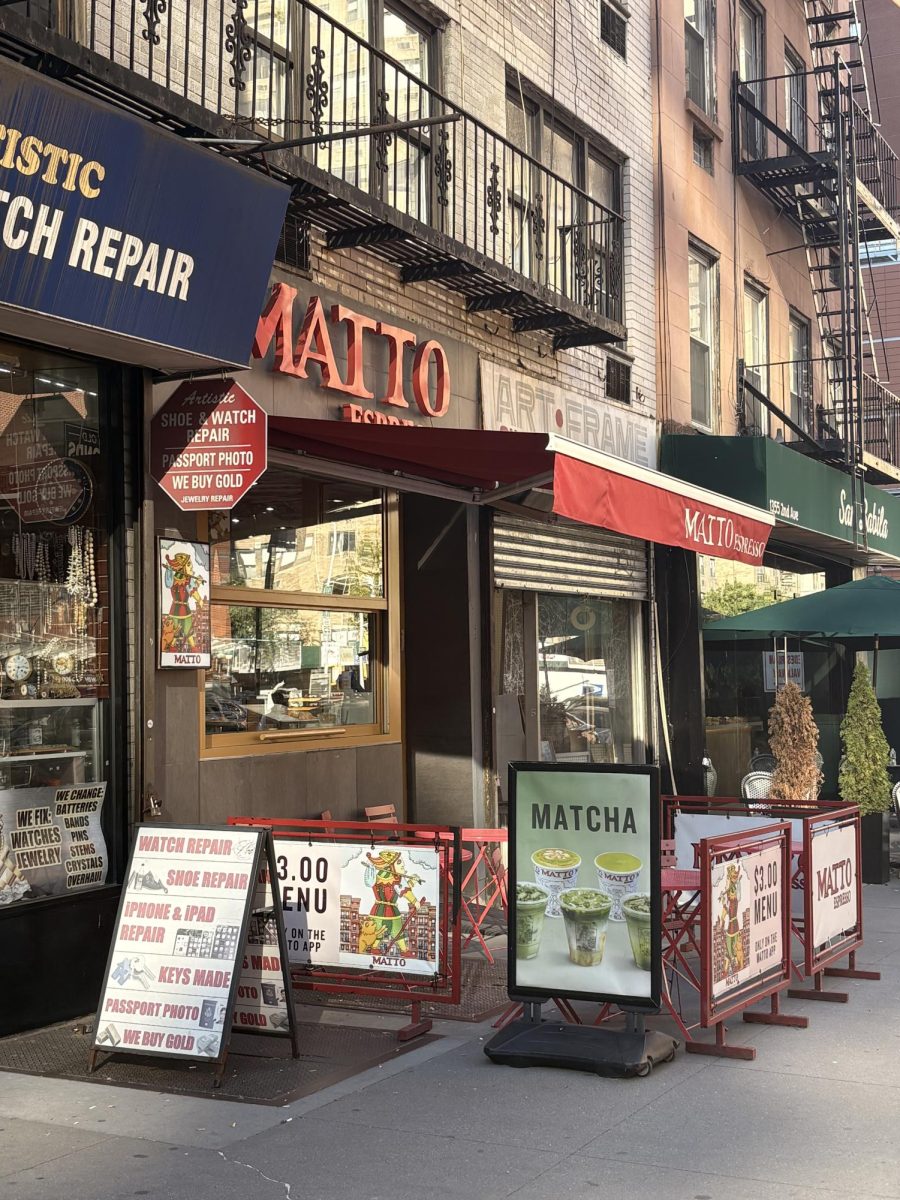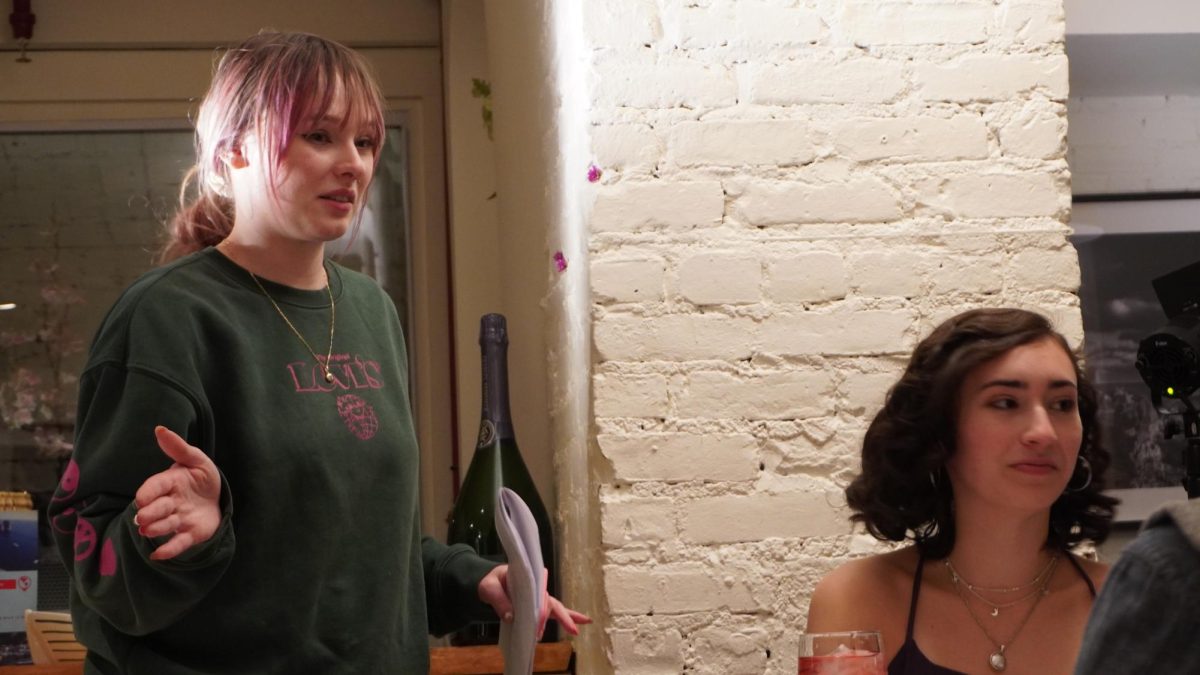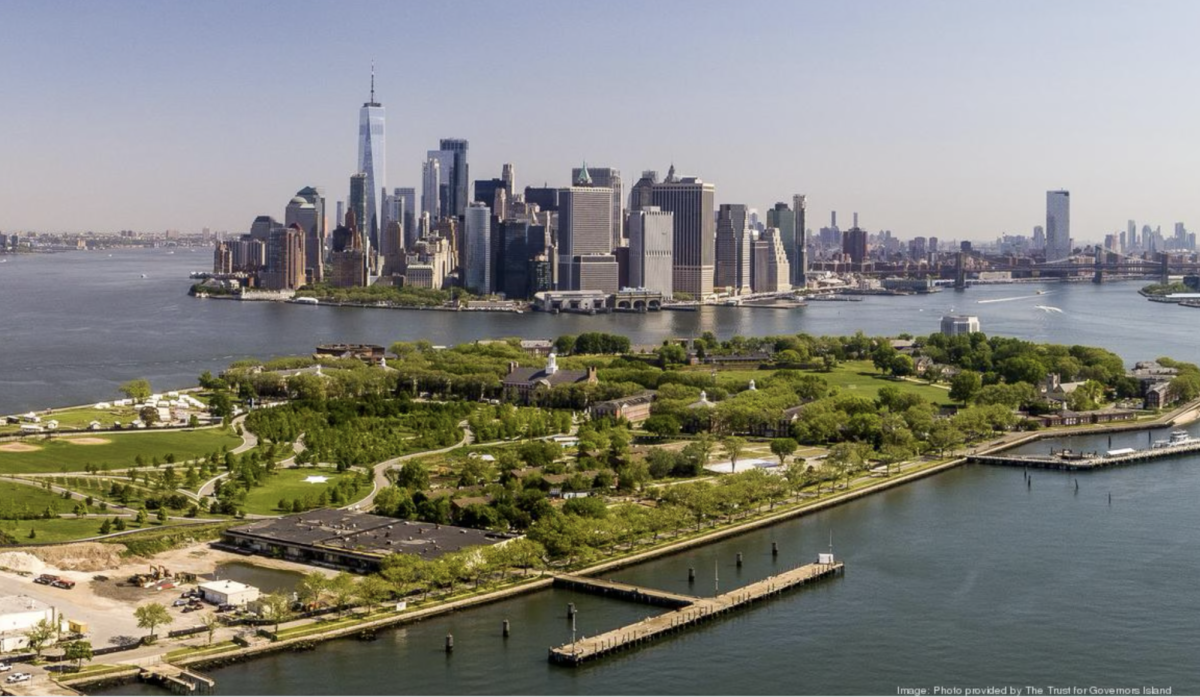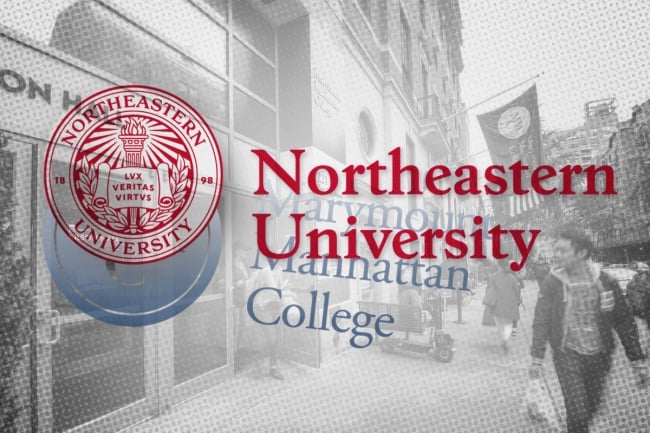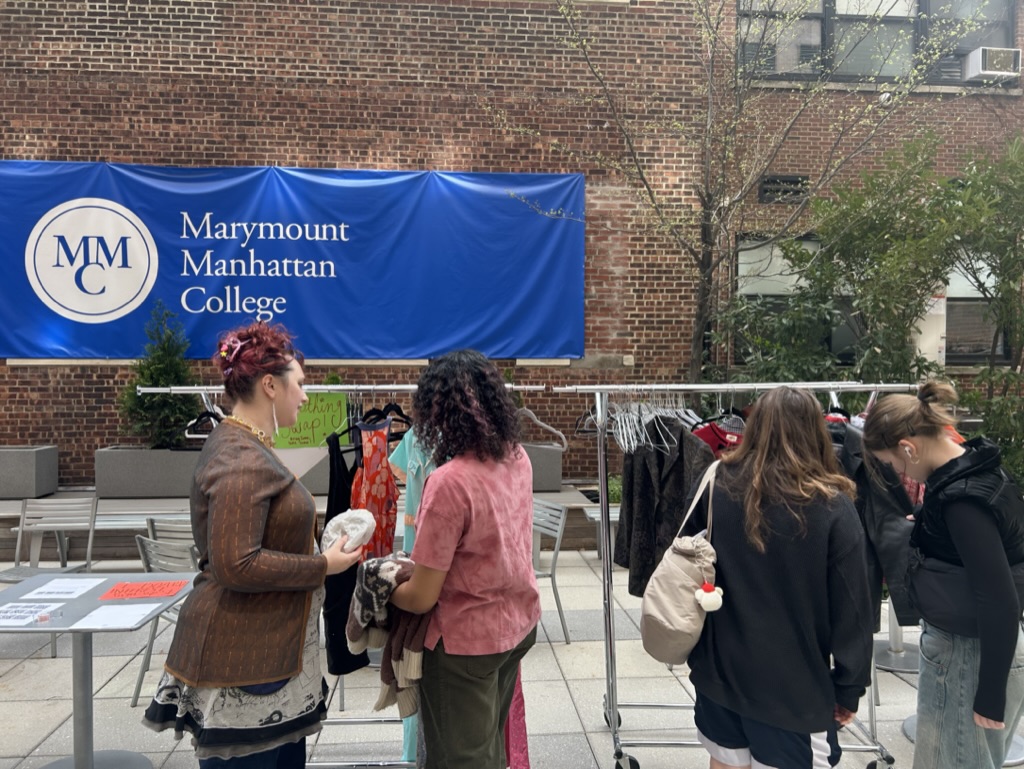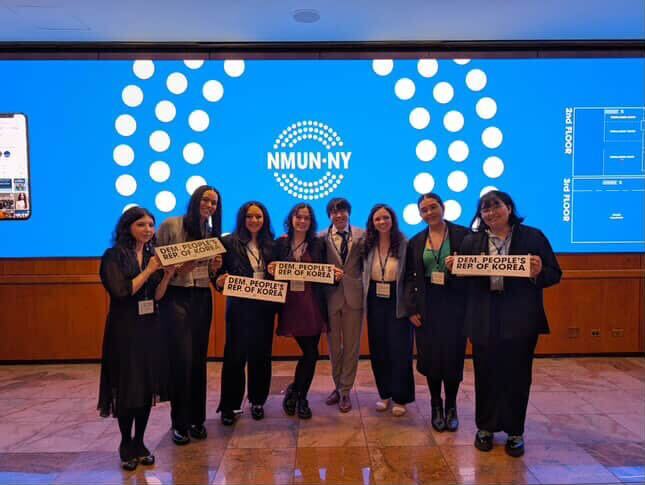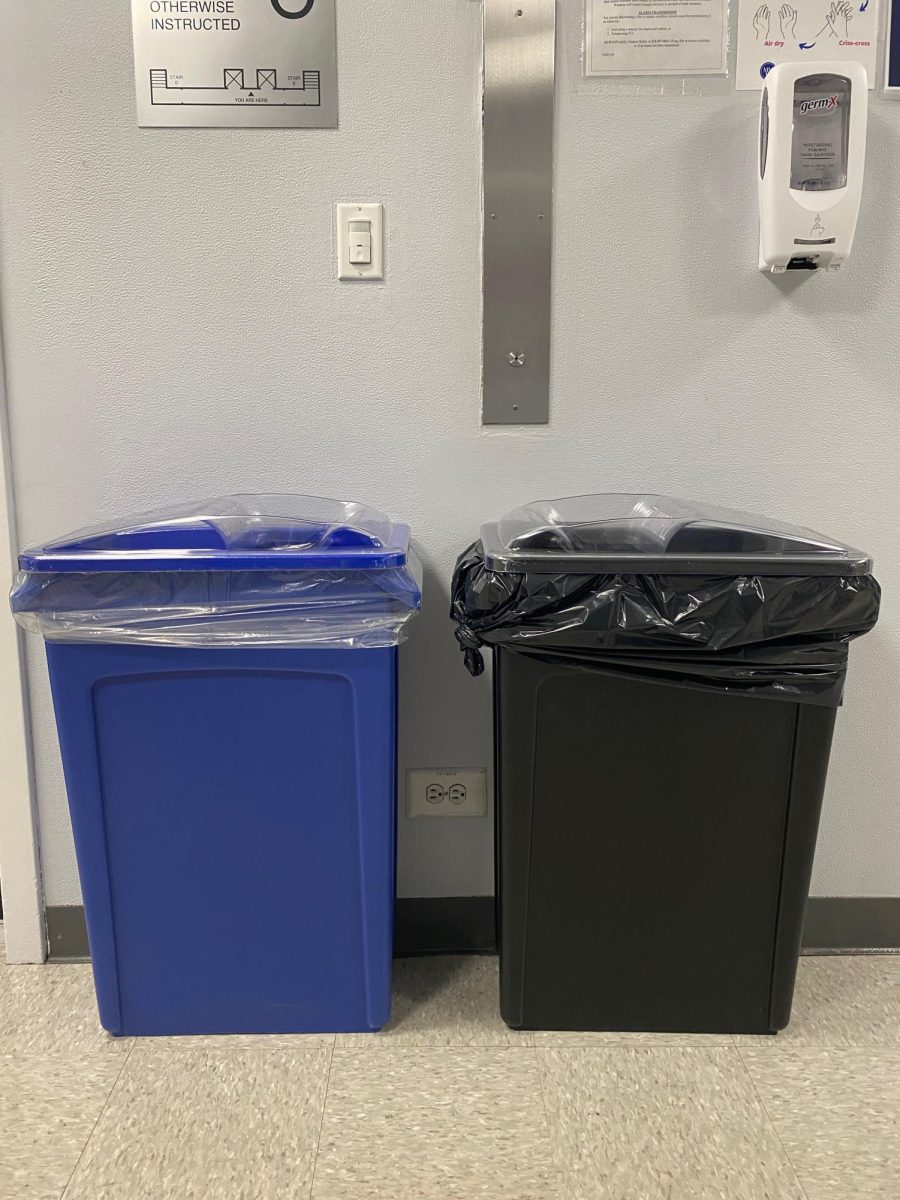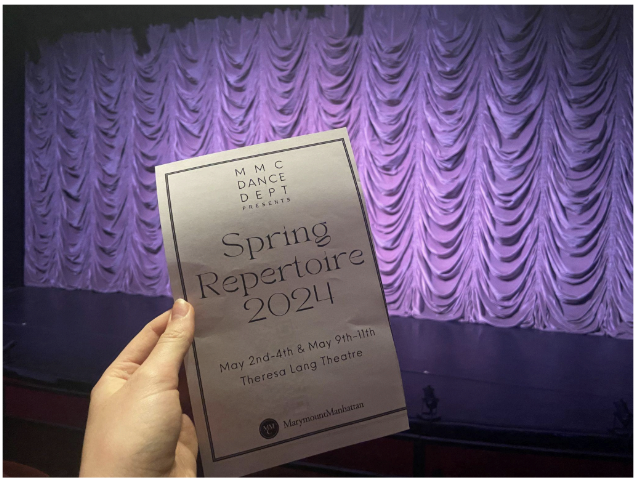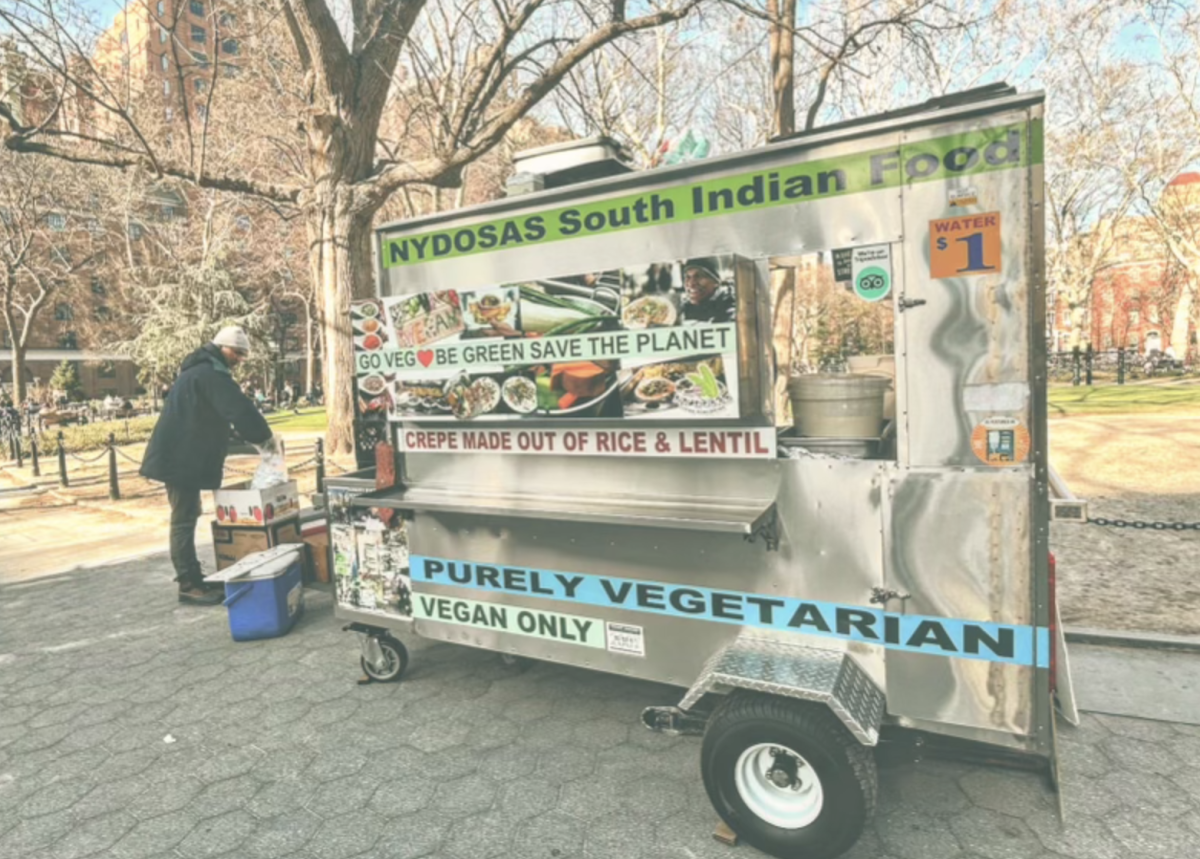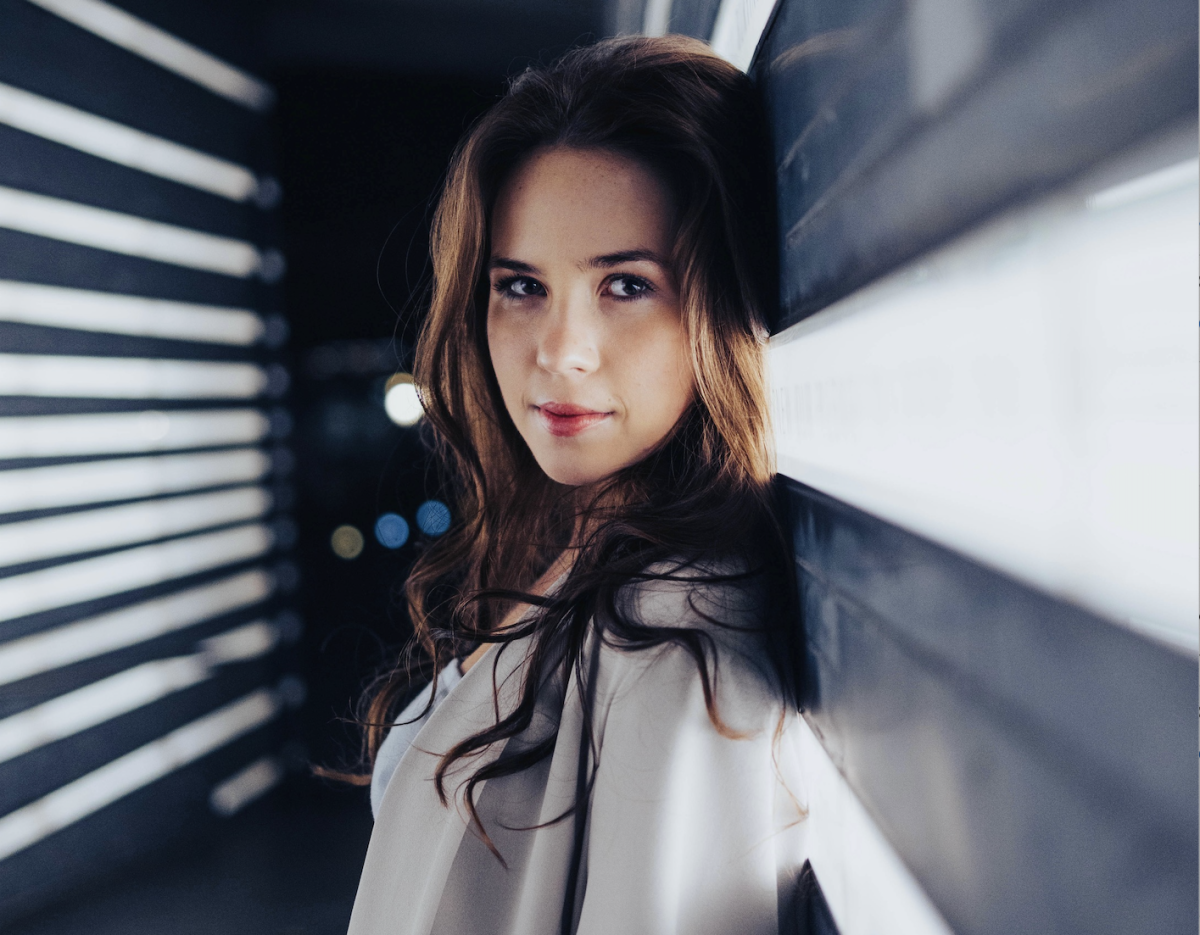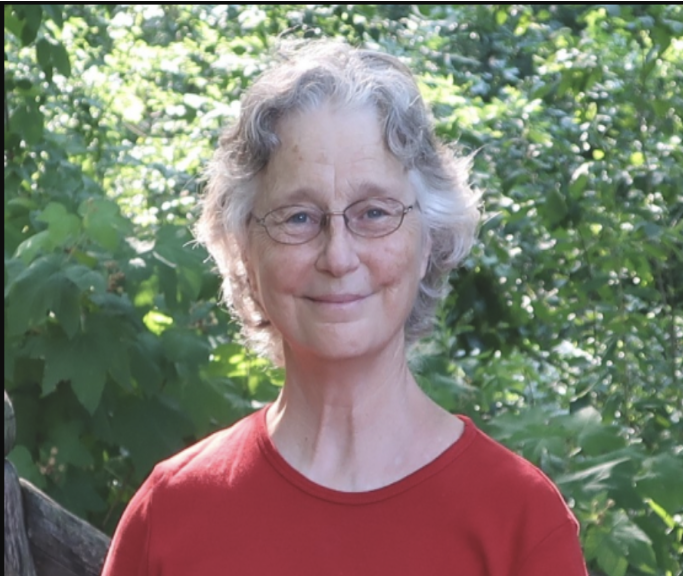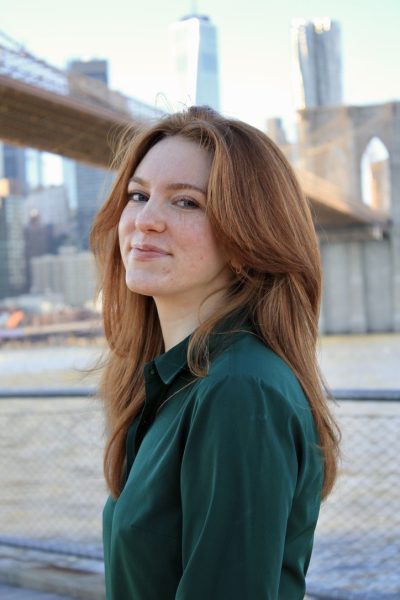This Fall, MMC welcomed 10 new full-time faculty. Professor Betty Yu, MFA, is the latest addition to the Communication and Media Arts department. But this is not Yu’s first time teaching at MMC. Five years ago, Yu taught as an adjunct.
“I remember Marymount very fondly. Even five years ago, both the faculty and the student body were super open, super creative,” said Yu. “It seems like it’s in the DNA of the student body to care for each other. It’s very sincere. It feels very genuine and very different from other places I’ve taught at.”
In addition to teaching at MMC, Yu is a socially engaged multimedia artist, award-winning filmmaker, photographer, and activist. Yu is one of the three founders of a cultural collective called the Chinatown Art Brigade (CAB). CAB began as a tool for media work and organizing and has continued by highlighting the stories of Chinatown residents affected by injustice surrounding immigration and labor.
But Yu’s activism in Chinatown pre-dates her professional career. Yu recalled a time in 1995 when her sister participated in a hunger strike outside of Jing Fong Restaurant on Elizabeth Street to expose the working conditions: employees were paid 75 cents an hour and tips were stolen. Yu was in high school, but she brought her camera and began taking photos of the protest.
“Almost immediately I just went right in there,” said Yu, “I was compelled to, even, abandon the camera, and just be part of this history in the making of these workers coming forward.”
Yu pursued film study at NYU Tisch School of the Arts where her passion for social justice continued—and after graduating, she immersed herself in the organizing itself. All the while, Yu continued creating films and videos about the movement and organizing. Eventually, Yu returned to school for her MFA in Integrated Media Arts at Hunter College.
“I have so much admiration for people who are activists and organizers, but I realized my contribution was really as an artist,” said Yu, “social justice activism and film and video were so intimately connected for me.”
Although Yu decided that the grassroots actions of organizing, door-knocking, and canvassing were no longer her form of contribution— her activism work continued. It was during her involvement with CAAAV: Organizing Asian Communities’s Chinatown Tenants Union (CTU) that Yu was approached with the idea for CAB.
“They wanted to integrate more storytelling and arts and media making into their work, realizing the power of arts and culture to move hearts and minds and move people to take action,” said Yu, “As we all know, arts and culture and media, have an ability to allow your imagination to flow, and to unleash it in a way that other mediums don’t.”
So that is how, in 2015, Yu, and artists Tomie Arai and ManSee Kong, formed CAB. CAB uses art, cultural workshops, and more to resist the changing landscape in Chinatown—the gentrification and housing policies that have been pressuring the largely working-class, low-income, and immigrant population. Over the past 20 years, hotels and commercial art galleries have erased the history of Chinatown—the mom-and-pop stores, restaurants, bakeries, and more.
CAB noted that many Chinatown residents who immigrated from their home country, are creatives and artists. So, they started tapping into their skills for mapping workshops to envision what a future could look like where there’s housing justice and enough for everyone. In these workshops, groups lead walks where people stop at each location, photograph, speak out, or chalk on the ground. Whatever moved them, they wrote: Chinatown not for sale. Where did these stores go? Do you know who you replaced when your gallery moved? CAB used these workshops and community engagement to create videos and audio and visual mapping projects.
“Our work has been really trying to connect the issues around displacement and abolition. These developers are just treating Chinatown like a blank canvas, like Disneyland, for them to do whatever they want,” said Yu, “But in recent history, folks are saying this is their home. Chinatown has existed for 150 years. So that’s our home. It’s not a blank canvas.”
Not only is gentrification destroying local businesses, but it is also bringing the tallest jail in the world—a 40-story building with UV lights for light therapy. The project aims to improve inmate conditions and make visitation more accessible by building new jails in four of the five boroughs. It will cost $15 billion to demolish the current detention center.
“To me, a cage is a cage, and no human being deserves to be caged. That’s not restorative, that’s not rehabilitating anyone,” said Yu. “There are many other ways to spend this money, on improving conditions for people like jobs, education, and healthcare.”
Despite all the changes in Chinatown, there are glimmers of hope. Wing on Wo & Co is the longest consistently open store in Chinatown, at 120 years. The fifth-generation Chinese-American owner was going to sell the business, but she decided to put her roots back in Chinatown, and she developed a cultural arts project out of the store.
“So there’s those kind of stories,” said Yu. “But they are really few and far between.”
Last month, CAB participated in a month-long installation, the “Borough Based Liberation Project.” In October, a mixed media collage by Yu went on display at the Brooklyn Museum as a part of the “Brooklyn Artists Exhibition.” The work is titled, “My grandparents in NYC during Chinese Exclusion in the 1950s” and will be up until January 26, 2025.
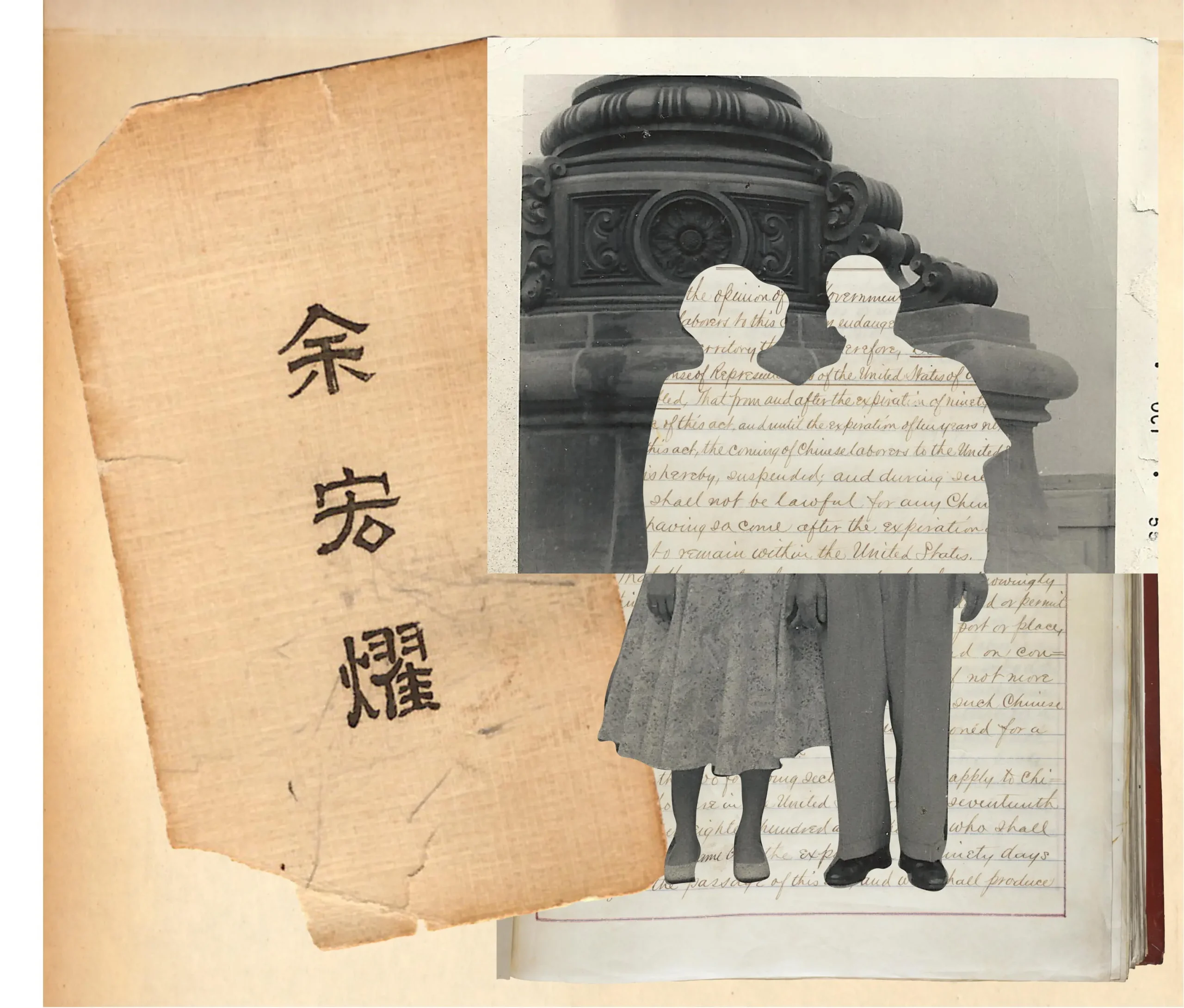
This exhibited work is featured in Yu’s forthcoming art and collage book Family Amnesia: Chinese American Resilience which seeks to explore the Chinese diasporic experience through her family legacy. The book is a part of Yu’s ongoing investigation into archival footage— research which has inspired other work such as her 2021 multimedia project “We Were Here: Unmasking Yellow Peril.”
“There was a lot of struggle, during the Chinese Exclusion Act, but also during those years, people, like everyone, had to find joy somehow. In the midst of heartache or struggle,” said Yu. “So that’s also what I’m looking for in the archives, the joy.”
Family Amnesia: Chinese American Resilience is set to release in the Spring of 2025.

